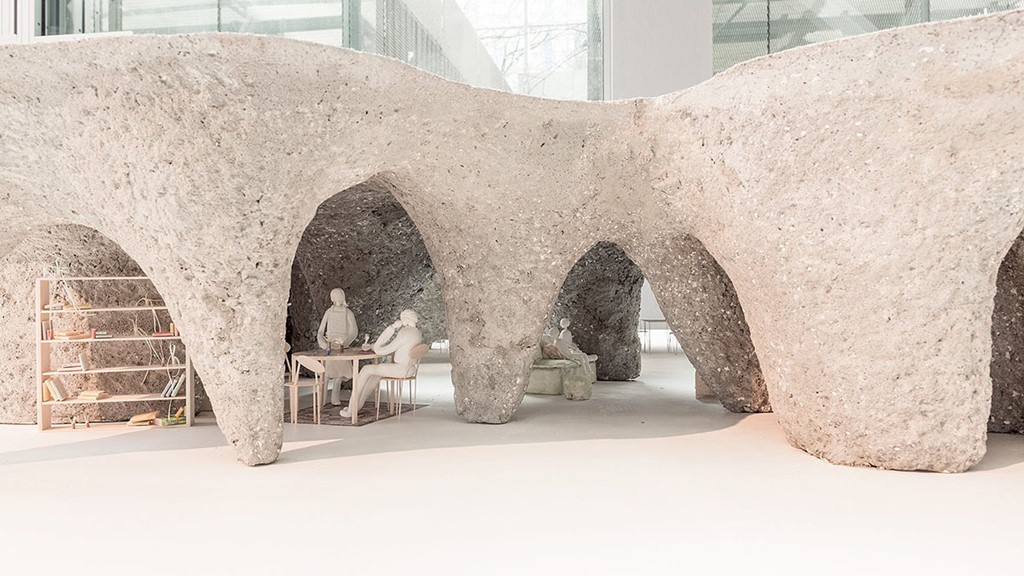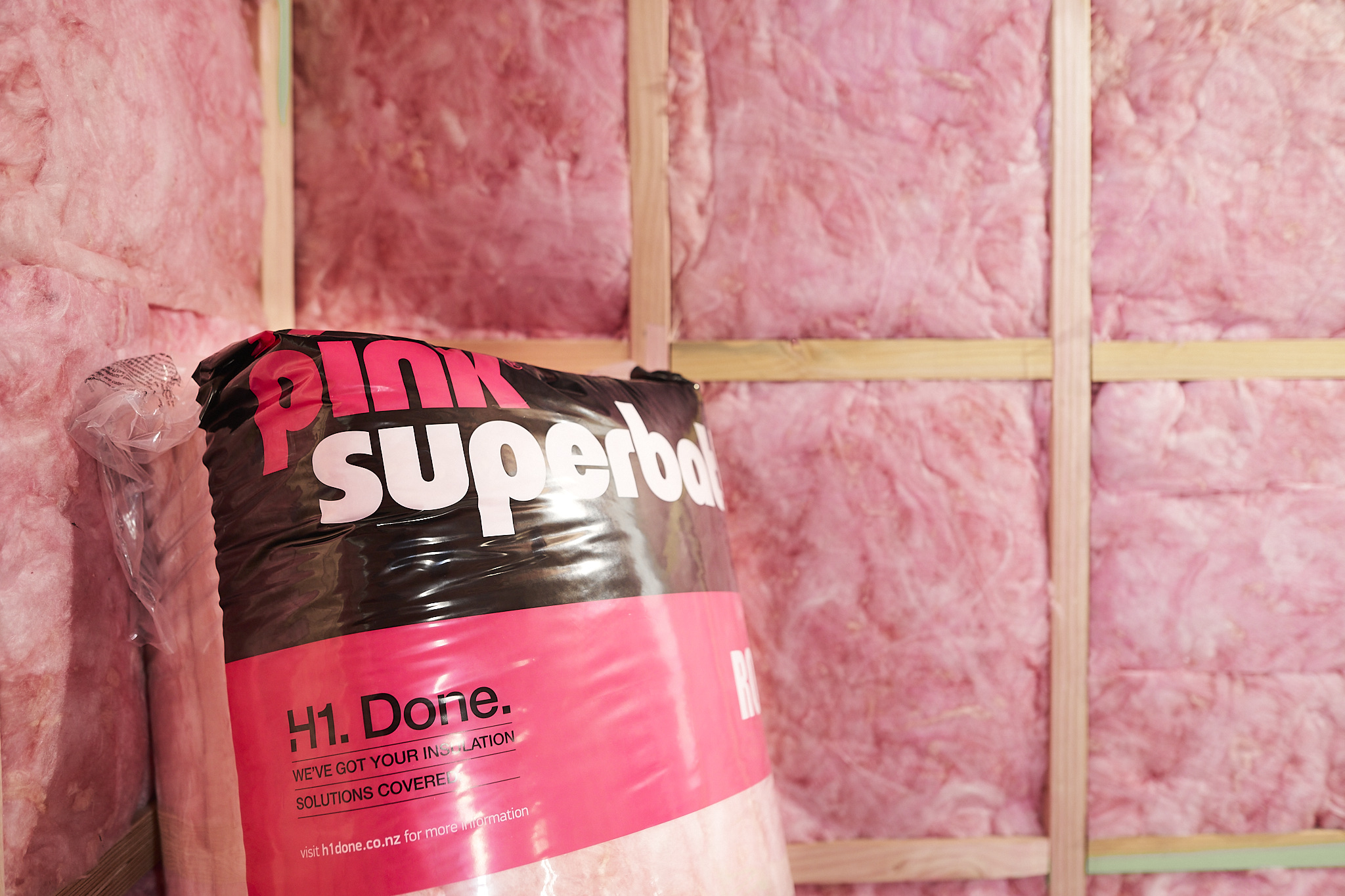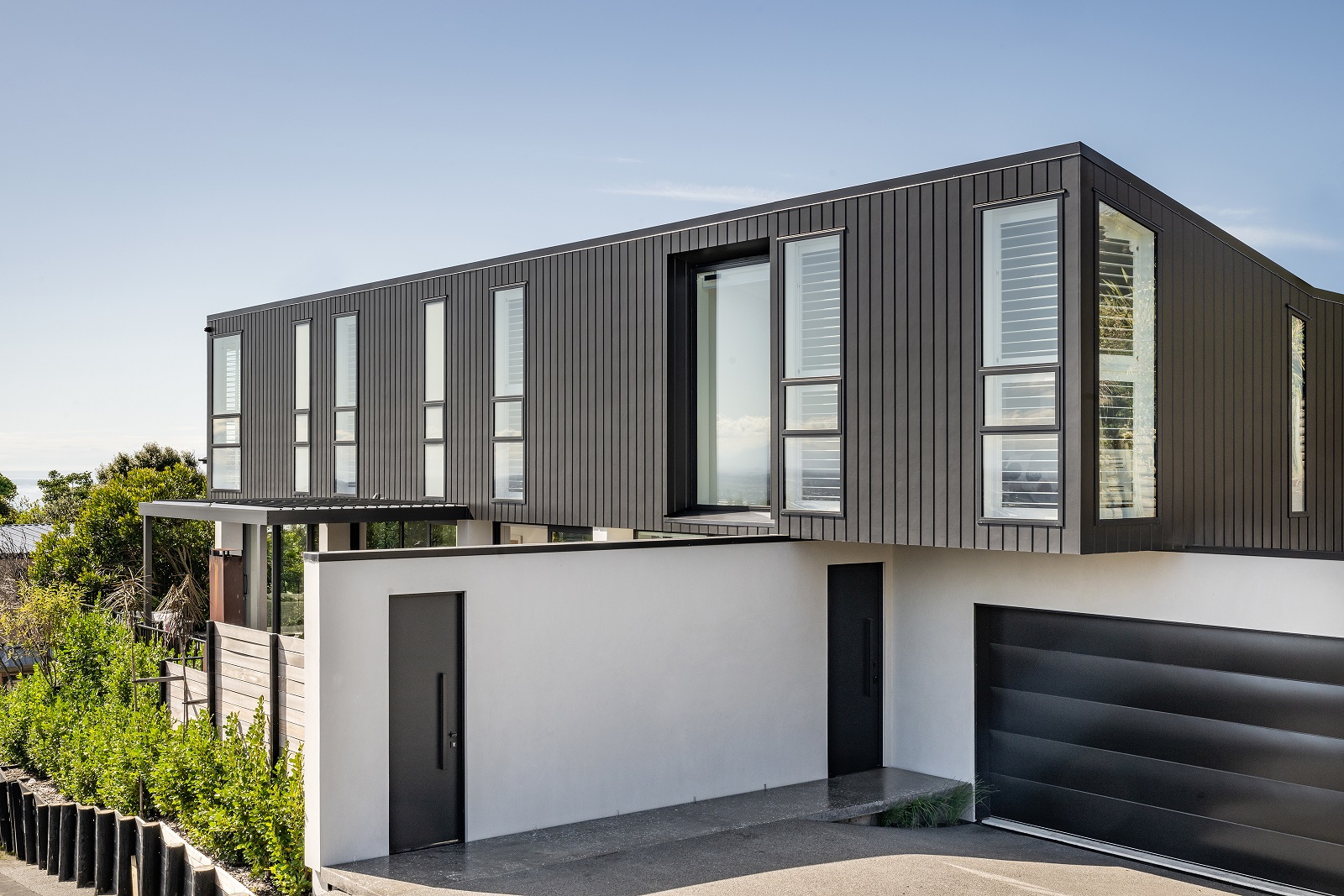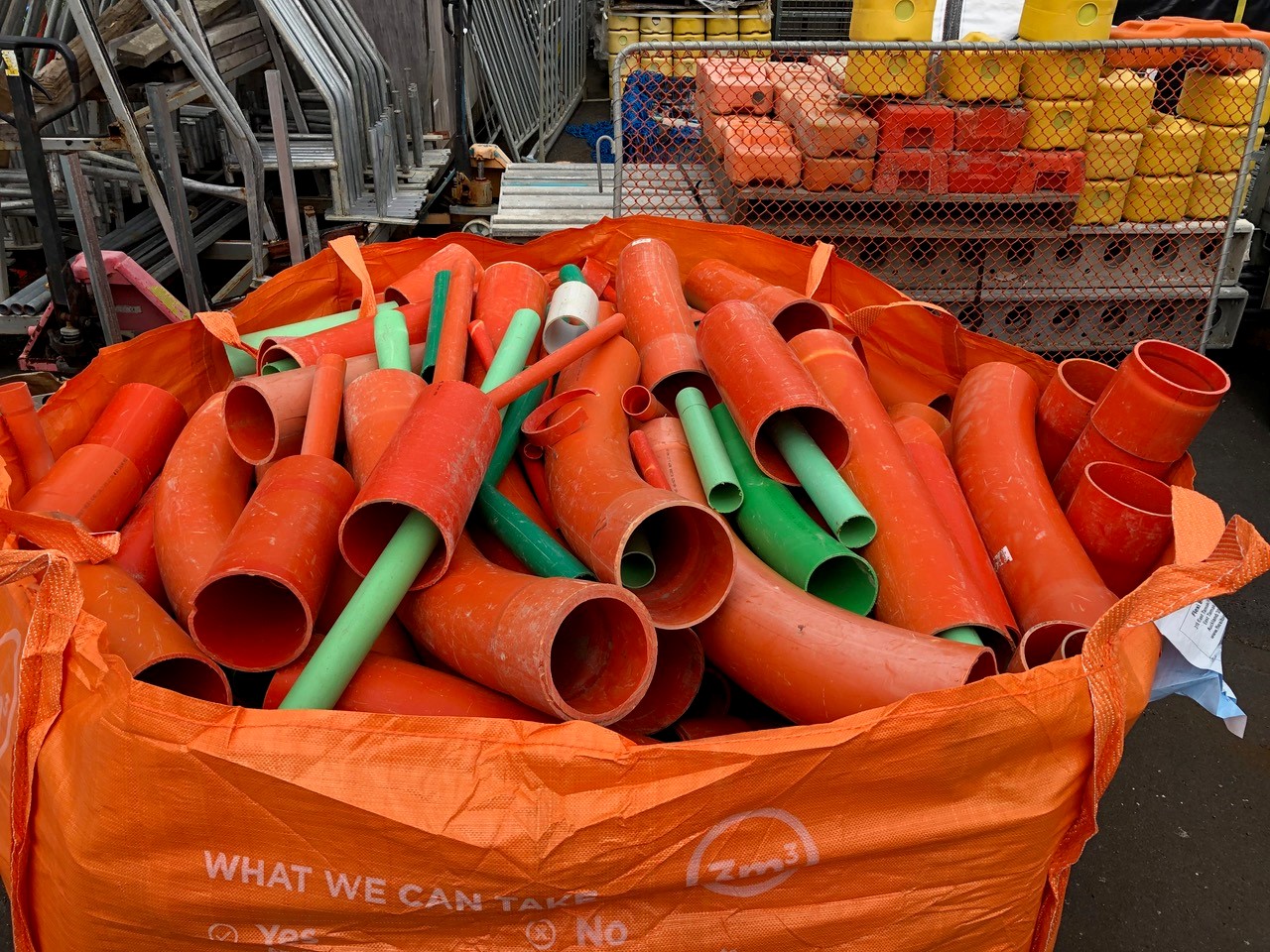How would we make spaces from scratch if anything was possible? Freed from the conventions of architecture and construction, what would this world look like?
Known for challenging conventions, Japanese architect Junya Ishigami seeks to do just that, seeking to create buildings that are as light as a cloud, as vast as the sky, as random as the trees in a forest or the stars in the sky.
Many architects are fond of using nature metaphors, of attempting to blur the inside and out, but Ishigami is determined to create another nature altogether: by designing buildings that are as primitive and strange as natural phenomena.
So when his client requested something subterranean - ‘a cave-like space’, he jumped at the opportunity to create something truly archaic.
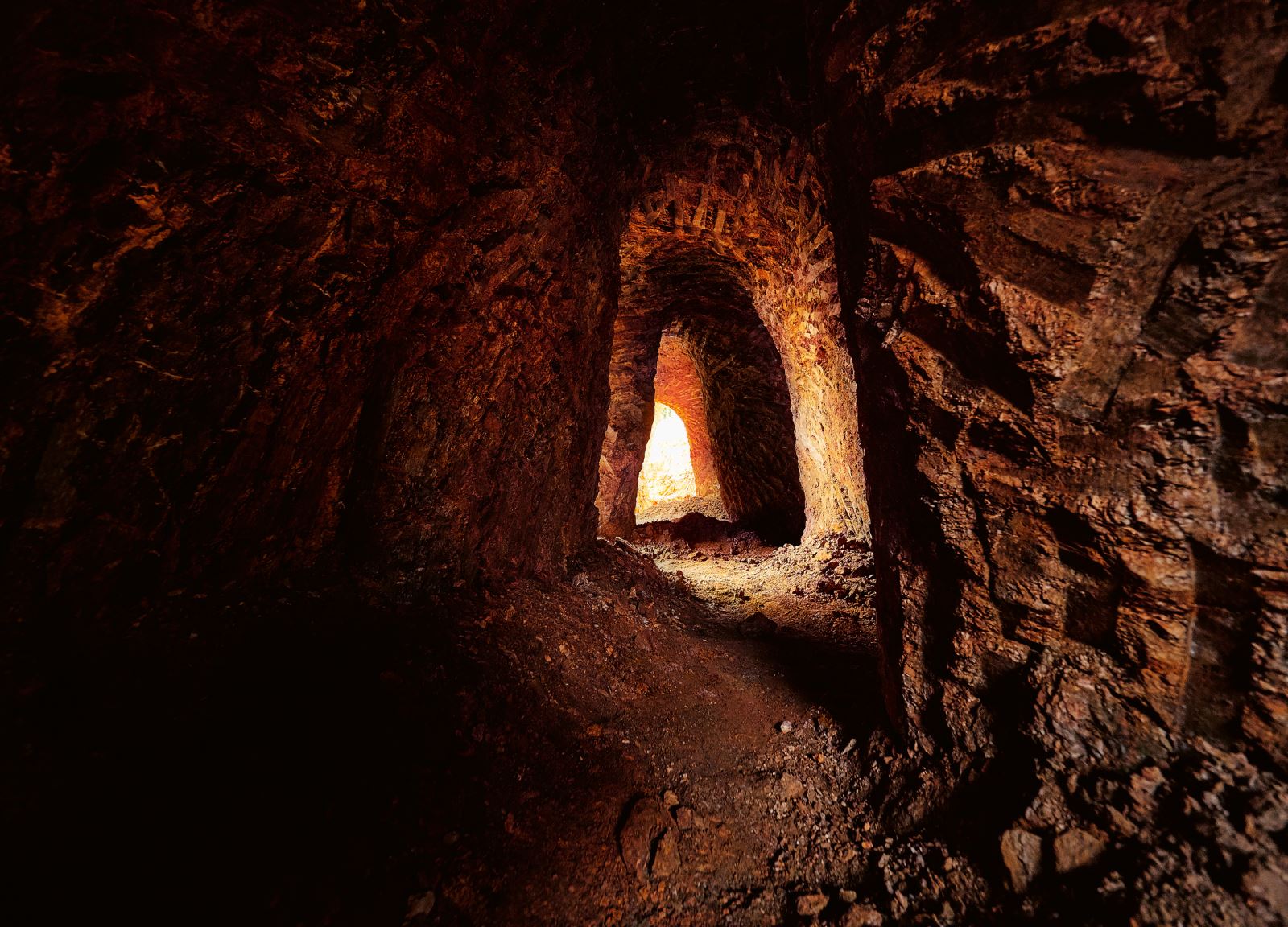
His project, named ‘House and Restaurant’, designed for a chef in Southern Japan, opening soon under the name ‘Restaurant Noel‘ takes us below ground into a labyrinth space seemingly tunnelled by giant earthworms.
It took seven years of planning before construction could even begin. he explains that the client requested a cave-like space, where he could use part of the building as a restaurant and part of it as his private residence.
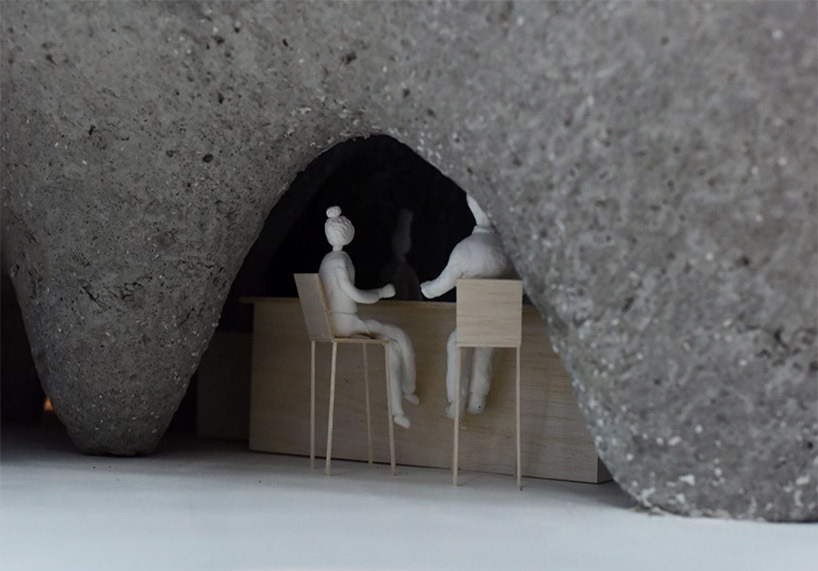
Sitting between earth and sky, the project is designed ‘as a rock’ that combines a relatively simple gesture with a rather more complicated construction process.
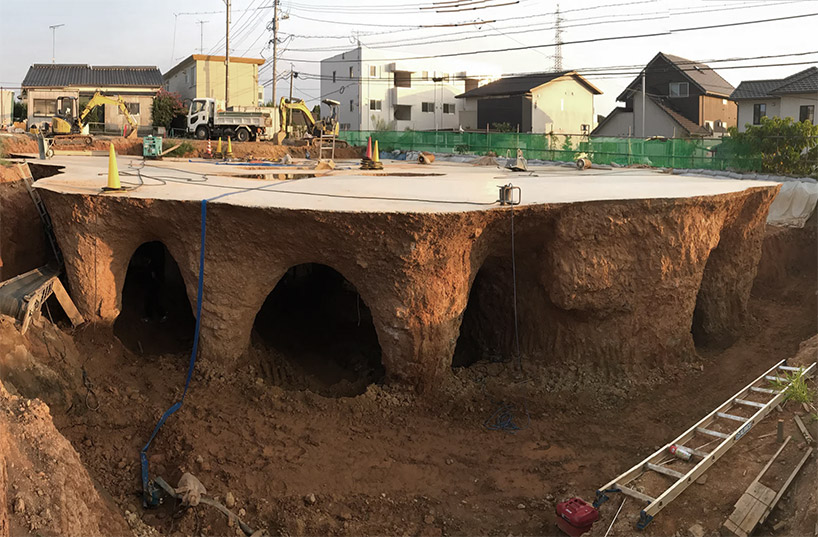
The ground itself becomes the mold for the massive and solid concrete roof structure, with the building form meticulously excavated before pouring a concrete screed into the holes created. Once dried, the mold floor is then removed to make room for the structure and roof of the building, resulting in an inverted landscape determined in part by nature.
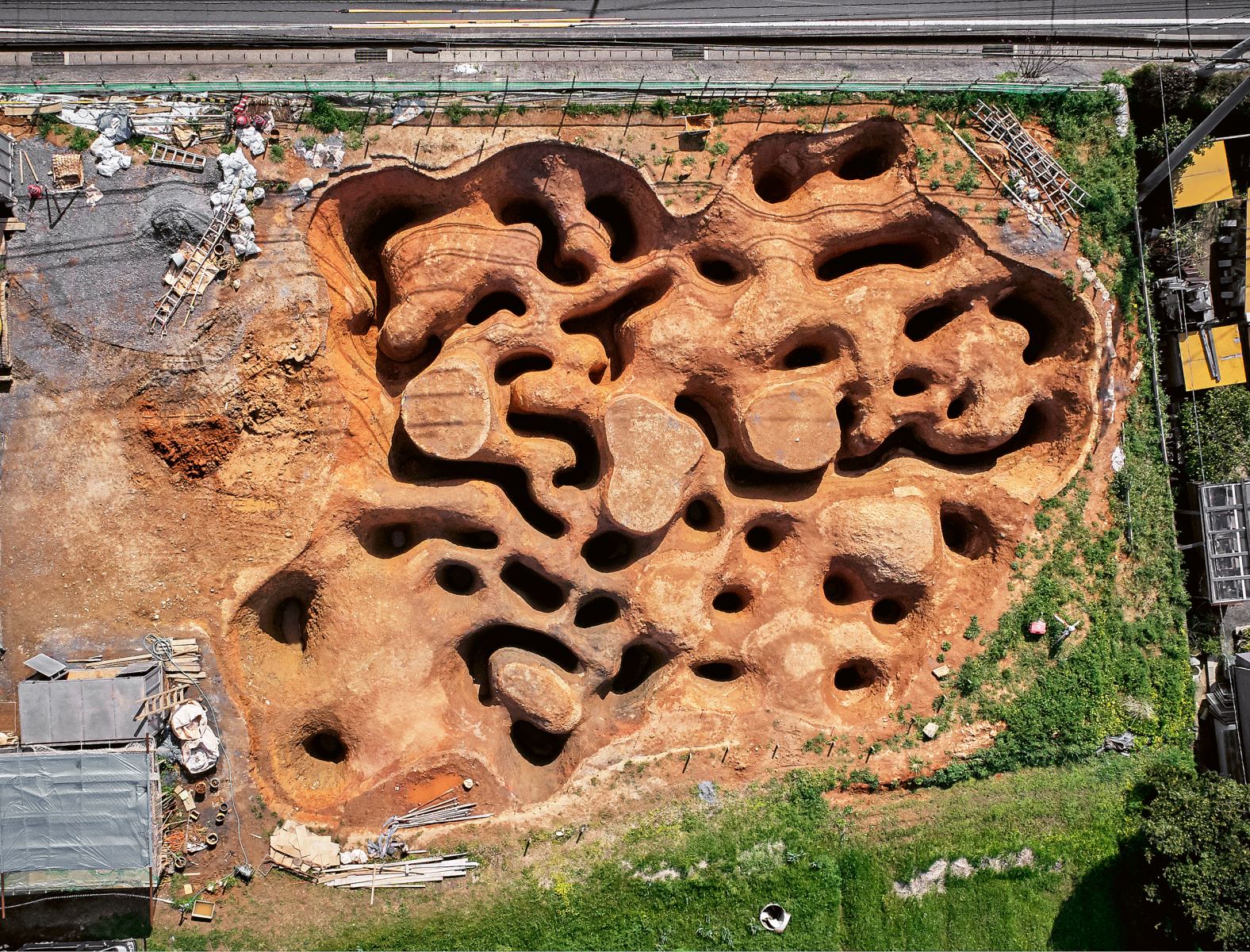
The original idea was to clean the poured concrete columns, but Ishigami was attracted to the earthy quality of the surface, the result of soil sticking to the poured concrete - recording the passage of time reflected through a process of sedimentation and erosion.
“I wish to think about architecture freely, to expand my perspective on architecture as flexibly, broadly, and subtly as possible, beyond the stereotypes of what architecture is considered to be,” he says.
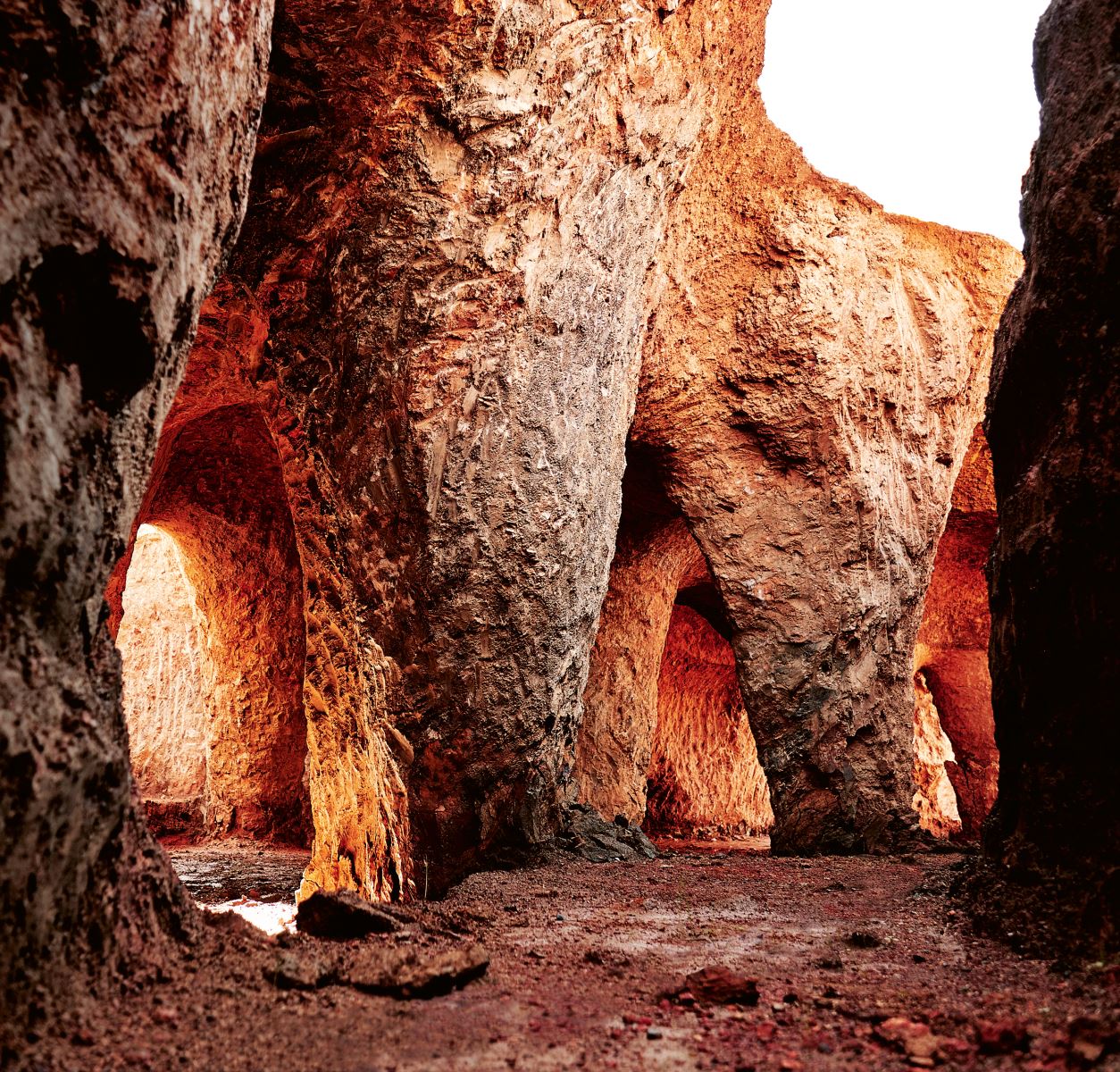
It is hard to categorize Ishigami’s extremely varied works. One of the most experimental of Japan’s younger generation of architects, his poetic visions have often seemed too radical to be realised, destined to be confined to the realms of installation art.
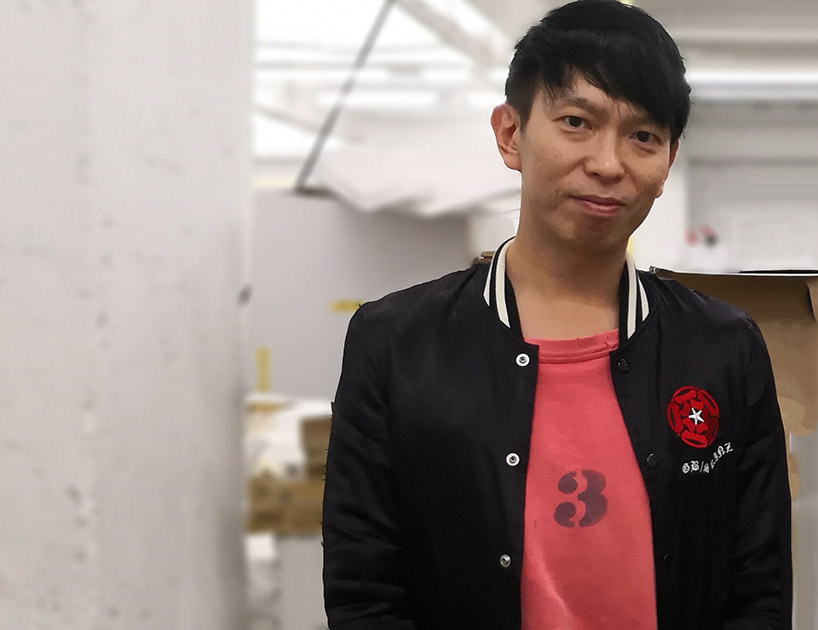
In a gallery in Tokyo, he made a five-storey cuboid metal balloon that actually floated, at the Barbican in London, he installed a white frame so thin and delicate that visitors could only see it black-clad assistants stood behind its columns. A similarly slender structure for the 2010 Venice Biennale entitled ‘Architecture as Air’ collapsed just before the opening, leading sceptics to question if it was ever really there.
A planned 60-metre-high Cloud Arch for Sydney looks a little like something Salvador Dalí applied his melting powers to. Its drunkenly swaying silhouette (“moving like a cloud”) is designed to form a different shape from every possible viewpoint around the city.
When Ishigami is not busy creating his own version of nature, he tries to preserve or amplify what is already there. On a rocky hillside on the edge of Dali in southwest China, he has designed a series of eight holiday homes in an area rapidly being denuded of its countryside. Rather than remove the big boulders and start with a clear site, as any sane architect would, he has meticulously arranged the rooms and furniture of the homes around the great rocks, all to be topped with a 300m-long wafer-thin roof. The natural boulders become structural pillars, forming a megalithic indoor landscape.
